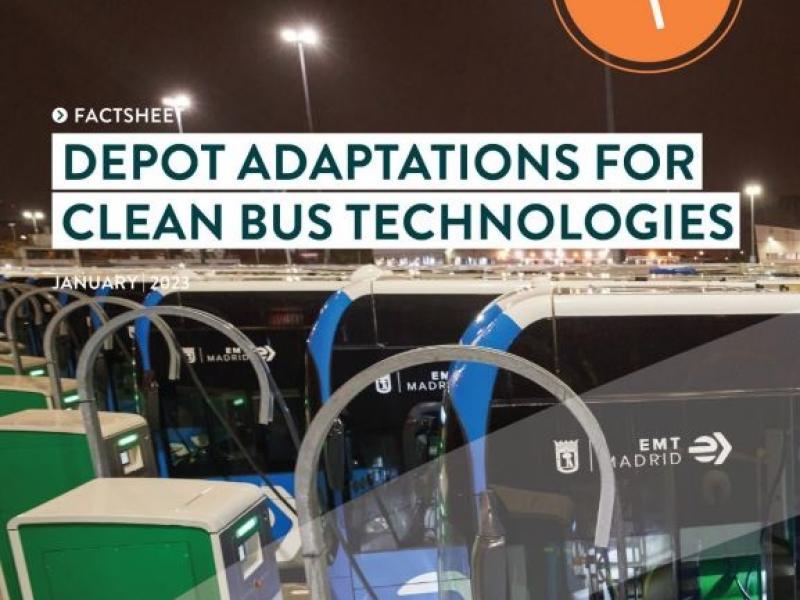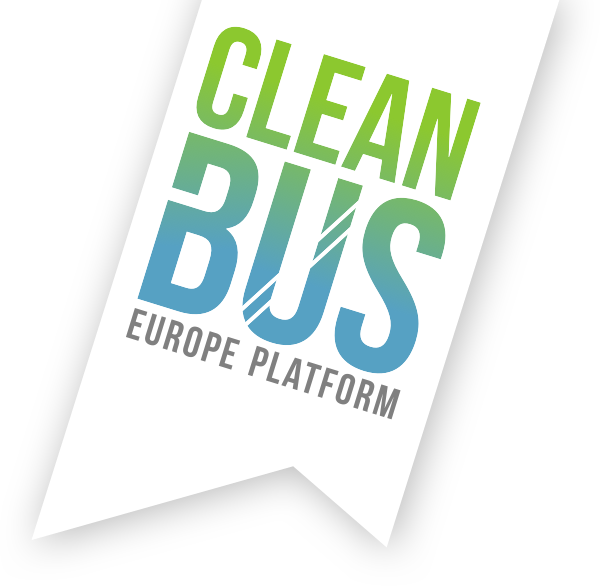UITP publishes report "Depot adaptions for clean bus technologies"

Around the world, national and local governments have issued transport decarbonisation visions and plans, and set up targets and timelines supporting the transition from fossil-fuelled fleets towards clean and zero-emission technologies.
This factsheet series is aimed at providing an overview of the main aspects to consider in the different phases of planning and deploying a new depot, or upgrading an existing one. As public bus fleets are usually made of several technologies, it is not uncommon that depots are shared for different types of buses.
The factsheets set the focus on some of the most popular technologies that can be found globally: battery electric, fuel cell hydrogen and natural gas, and its journey starts right after the technology choice has been made, for this reason there are not considerations or comparisons in this regard. The factsheets series is part of the UITP collection of existing documents aiming at shortening the learning curve, such as Bus Tender Structure, released in 2018, or Fleet Renewal Checklist, released in June 2020 by the UITP Bus Committee.
This Report was prepared by the UITP Bus Committee the members of the CVT T1 Bus Depot Adaptations Working Group. Thanks to EMT Madrid and TEC Wallonia for their leadership in the elaboration of this work, and all members who provided input!
UITP members can access the Report on MyLibrary with an annexe on regulation standards for BEB and FCHB technologies.
You can access the report here.
